Irrigating Oranges, Almonds and Grapes
California Megadrought
|
NEW ESRI StoryMaps: What's On Our Shelves & NWNL Song Library & No Water No Life ESRI |
California Megadrought
Robert “Jerry” Hixson
Almond and Citrus Ranch Farmer
Alison M. Jones
NWNL Director and Photographer
Annette Alexander
Photographer
Jerry is long-time orchard farmer on Central Valley’s east side and a member and former judge of the Sacramento Camera Club. We met when, several years before I began No Water No Life, I presented a slide lecture for his Camera Club on “Travel Photography and Visual Anthropology.” The tables turned, as I traveled from NYC to his farm to hear from him about water issues he’s faced as a farmer. His issues became part of my ongoing “Visual Anthropology” archive; and NWNL gained new perspectives on impacts of California’s MegaDrought.
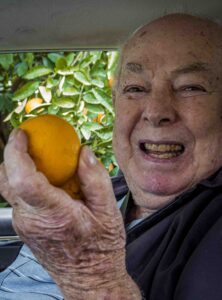
“THE ISSUE IS WATER – PERIOD”
IRRIGATING DEPENDS on SOIL & RAIN
WATER for DELTA SMELT & LAWNS versus AG
WATER AVAILABILITY AWARENESS & SOLUTIONS
DROUGHT IMPACTS ON VEGGIES & NUTS
CITRUS CROPS
NEEDING WATER for 3 YEARS – and MORE
THE VALLEY’S GROWING CONDITIONS
JERRY’S FAMILY and FARMING LEGACY
REEDLEY POOL of WATER
The issue here is water – period! My folks came here to ranch in 1922, when the water table was 5 feet deep. Now it’s down to about 60 feet. There’s practically no water in the ground.
-- Jerry Hixson
All images © Alison M. Jones, unless otherwise noted. All rights reserved.
JERRY HIXSON Is this interview a result of the drought?
NWNL Yes, it is. Our NWNL project is documenting rivers and their basins across North America and Africa. Each river basin we’re documenting faces its own set of unique issues. Here, in the San Joaquin River Basin, the big issue now is drought.
JERRY HIXSON The issue is water – period.
NWNL Yes, it seems it’s always about water here in the Central Valley. While NWNL is focused on the current drought, we’re also seeking to put it in perspective of being a recurring issue here. So, let’s start with your description of this farm.
JERRY HIXSON We are farming 400 acres of almonds, oranges and lemons here, about 10 miles northeast of Reedley, California. Water is our #1 problem. My folks came here to ranch in 1922 when the water table was 5 feet. Now it’s down to about 60 feet.
NWNL You mean that since almost a century ago, there has been a 12-fold increase in the distance you must dig to reach water?
JERRY HIXSON Yep. So we pump – but not out of the Mendota Pool in the center of this San Joaquin Valley. We pump out of the runoff from the Sierras. If we don’t get snow every year, we don’t get as much runoff. That’s why I say that water is our #1 problem.
JERRY HIXSON We began our agricultural practices with furrow irrigation, which is not efficient. Thus we converted to a drip system so every tree now gets the same amount of water all the time.
NWNL I understand there are different kinds of drip systems. What do you use?
JERRY HIXSON We have hoses under our lemon trees now emitting a circle of water about 2’ high. Fortunately, since this drip system is very efficient, we have no water runoff. Almost our entire 400 acres is under that hose-and-drip system. We’ve saved a lot of water. We were able to cut off a couple of 10-horsepower pumps, due to the efficiency of using the hose system in the orchards.
NWNL So you no longer use furrow irrigation?
JERRY HIXSON Well, part of our ranch is still furrow irrigated because its soil is very heavy. There, a little water goes a long way. But most of our farm’s soil is sandier, and thus takes more water to irrigate. That is less efficient, especially in this heat and because we don’t get summer rains here – and so we must irrigate.
Sometimes we get no rain from February clear through until November. In the Midwest farmers get summer rains and storms, but we don’t have that here. Occasionally, we’ve had rain in July, but it doesn’t amount to much. We’re very concerned about irrigation and water here in the Valley. It’s the #1 thing that people don’t realize.
NWNL Do you irrigate in years when there is no drought, and thus always carry a concern about having enough water and where it will come from? Do you know far down you can pump and how much water is in your aquifer? Basically, I’m asking if there is enough water for all farmers here?
JERRY HIXSON We get water from the Irrigation District, but we don’t pump out of the pool as people in Reedley do. As I said, we pump most of our water from underground – depending on the amount of snow we have. However, the water table is going down because water usage has increased, so our pumps don’t pump as much.
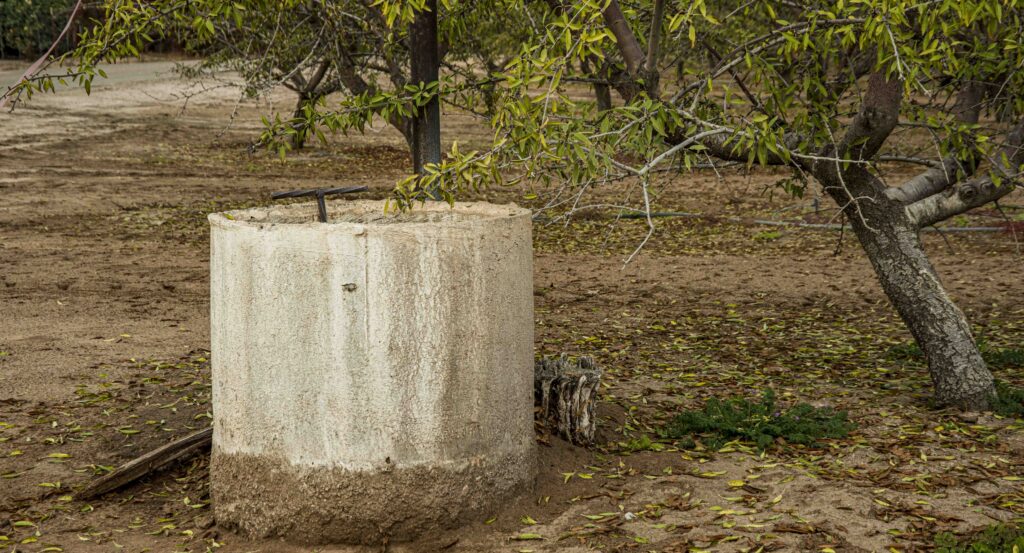
NWNL How can California best address water needs for today and tomorrow?
JERRY HIXSON In 50 years, as the population further increases, I won’t be here.
But our water must come from somewhere. I think saving smelt – instead of using the California Delta water for irrigation – is absolutely the most ridiculous thing. We should not let that water go out to the ocean when we badly need to send that water back down here in the Central Valley for irrigation and other uses.
The smelt aren’t used for anything. You don’t sell them. You don’t eat them. And yet we’re saving them. As you can see, I’m not an environmentalist.
NWNL Fair enough. You’re a farmer; and you’re feeding the nation.
JERRY HIXSON City people don’t understand. They just turn on the faucet and water comes out. The average citizen that lives in town doesn’t understand the water issue. People say agriculture uses the most water in California; and I say, “Yes, but look what they’re wasting.”
It was in the paper that our Mayor of Fresno, who is apparently a very efficient mayor, doesn’t want to cut back her estate’s water use because her lawn would get brown. Sorry about that. They say she’s using 10 times more water than anybody else and doesn’t want to conserve.
NWNL That’s very unfortunate, if that’s true.
JERRY HIXSON We need to recycle our sewage water and use that. We have the Friant-Kern Canal which brings water down to irrigate thousands of acres of ground.
But just a few miles from here, you could drill a well and only get 50 gallons a minute. Here it’s a little more – but getting less every year.
Yet, people in the city don’t understand about saving water, including the mayor I just mentioned. It was in the paper that she uses far more than the average person, and yet she says we must save water. Several people in the Valley have estates and use water for their yard.
NWNL I read that the mayor is part of the Recharge Fresno group. Do you know about this organization that’s focused on bringing more water to recharge the aquifer.
JERRY HIXSON Well, where are they going to bring it from? You can’t bring it from the Sacramento Delta, because they say, “We have to save the smelt.”
NWNL Her proposal was to build more storage lakes above Millerton.
JERRY HIXSON Well, we – the Farm Bureau, and several other organizations – have been advocating for new dams for as long as I can remember. But environmentalists say, “No. We don’t need the new dams.” However, they’re slowly realizing that we can’t let the Delta’s water go down to the ocean all the time; and so we’ll get a dam.
NWNL When was the new proposed dam approved? And did its approval come from the new water bond?
JERRY HIXSON In the last election, they finally approved it. But it will take 5 – 10 years before it’s completed. They could also raise some of the dams, but the city people fight it. I presume they are the environmentalists that want things kept the way they are. But we need water, and we will have to get it from some place.
NWNL For non-Californians, can you please describe the importance of the water bond that was just passed?
JERRY HIXSON The water bond to build this new dam will allow the collection of water for use here, rather than letting it run into the Delta and down to the ocean. It’s an effort to restore water in the San Joaquin River for salmon. Those fish need so many acre feet a year; and there isn’t that much water. So, will we save the salmon or save the water for agriculture? People in the city won’t agree to using the water for farming because, “Oh, we’ve got to save the salmon so we can restore the rivers.“
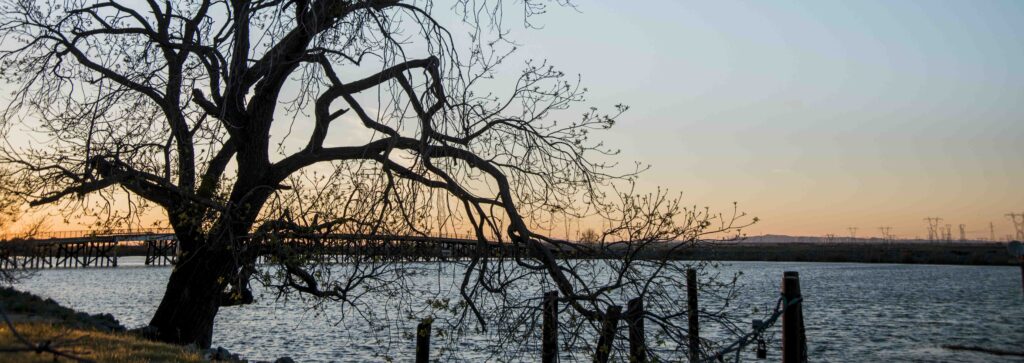
NWNL To play Devil’s advocate, I hear environmentalists claim that, “If you restore the salmon, then you’ll bring tourism to the Valley. That will produce income and we will have salmon to eat as well – plus salmon bring nutrients into our waters.”
JERRY HIXSON But we don’t have enough water in the river for the salmon – unless we build some more dams. Trying to restore the rivers to what they were 50 years ago is out of the question, because we have increased human populations by using the water.
Predications for California’s population in the next 30 years is 50 million people – and they ‘ll all need so many gallons of water a day. Many East Coast retirees are already moving to Arizona and California. Each one of them will use gallons of water per day. Where will that water come from?
NWNL Is “barring the gate” to keep everybody out your solution?
JERRY HIXSON Maybe we should put a fence around California. Arizona is mushrooming in population – as are Southern Coastal California and San Diego along because they’re gorgeous communities that don’t have eight feet of snow in one night.
NWNL What are the impacts of drought and no water on crops, on residents here, on livestock, and on the towns?
JERRY HIXSON Some farmers along the East Side of the Valley are running out of water to irrigate their orange trees and other crops. Thousands of acres, meant for vegetables were not planted this year, because of the water. That will impact the cost of food.
NWNL Are the impacts on field crops like tomatoes less than on trees which need to be watered year ‘round?
JERRY HIXSON Well, we must irrigate our crops year ‘round now We’re irrigating almonds now, because we’ve had no rain. Hopefully, we get some more rain this year because we’re way short of rain. We must irrigate. You can’t let an orchard go one year; it’s ruined without water.
NWNL That is the difference between a tomato farmer and an almond farmer.
JERRY HIXSON Right. Tomatoes must be re-planted again every year. Years ago, my dad was furious when an Agriculture Department official said about our citrus orchard, “Well, if you have a water shortage, you don’t have to plant them.”
Well, you don’t plant grapes, peaches or an orange tree one year and get a crop that same summer. Unlike tomatoes and corn and several vegetables, you plant trees and wait for 5 years for a crop. Walnuts take 7 or 8 years before there is a marketable crop of any amount. During all that time, they must be irrigated several times a year.
NWNL So, a long drought is harder on orchard farmers than vegetable farmers.
JERRY HIXSON Right. In a drought, you just don’t plant tomatoes if you can’t irrigate them. But, even in a drought, you must irrigate both fruit and nut trees since they take 5 to 6 years to grow – or you’ll lose that investment of time and money. We just planted this almond orchard last year; knowing it won’t yield any almonds for a couple of years. It needs 2 years of irrigation and fertilizer to grow before it yields an income.
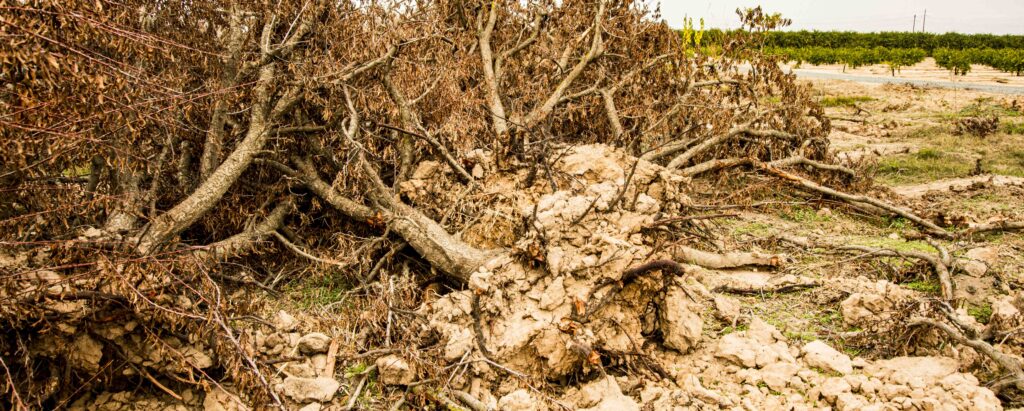
NWNL I was surprised to read 80% of the world’s almonds come from this valley.
JERRY HIXSON I’d say it was more than that, but at least that. Almonds from Chico in Northern California down to those here in Bakersfield represent 80%- 90% of U.S. almonds. You don’t raise almonds just anywhere.
NWNL What conditions are needed to raise almonds?
JERRY HIXSON You need hot and water. So, all US almonds are raised here in the Central Valley. Unlike tomatoes and vegetables, almonds are a world market, not a local market. Their export market is unbelievable.
Spain has some almonds, but they get frost. There are a few almonds in Greece, but no other place outside of the U.S. The #1 producer of almonds is here in the Central Valley, from Bakersfield to Chico.
NWNL Tell us about raising and marketing citrus crops.
JERRY HIXSON Citrus is raised in Florida, Arizona and Southern California. We just picked 40 bins the other day. Lemons are $1/each nearby in Reedley, right in the center of agriculture. What are they back in New York?
NWNL Lemons are at least $1.50. And often you can’t even get limes in New York.
JERRY HIXSON We tried to raise limes, but they are extremely difficult to raise here, because they’re smaller than lemons and thus freeze very easily. We have 30 acres of lemons, but they too can freeze. Oranges this time of the year get riper and not as likely to freeze, as they do earlier when they’re green and sour. Lemons are sour all the time and so they’re touchy. Their trees grow year-round, with a lot of water in their sap, so they freeze very easily. To keep them warm, we have smudge pots and wind machines.
NWNL Has this 3rd year of the drought particularly impacted your crops?
JERRY HIXSON No. We’ve been able to irrigate our almonds and our oranges normally every year. Converting over to drip systems saved us, and so far we’re still able to pump water.
NWNL What if there is one more year like this?
JERRY HIXSON Well, some cities on the east side of the valley are already running out of water. There’s no water in the ground, period. The Friant-Kern Canal doesn’t have enough water, because the dams are empty. We desperately need some water this year. We can cut back on our irrigation of almonds a little bit; but we want our trees to grow properly, because that’s where our income is.
NWNL So your best water-management solutions during long droughts like this are to start recycling sewage and to bring water down from the delta.
JERRY HIXSON Delta water would be a big help, yes.
NWNL What would be the decisions you’d make to help farmers here?
JERRY HIXSON Well, saving the smelt takes 800,000-acre feet of water a year; and that could be used here for agriculture. Environmentalists want to save the smelt, which are used for nothing; while meanwhile, we don’t have enough water to fill the rivers.
NWNL If the environmentalists went away and more water came down from the Delta, would it come here to the east side?
JERRY HIXSON We need water here. California Aqueduct sends water to Los Angeles since their population needs water. San Diego has desalinization plants using ocean water, even though it’s extremely expensive. I don’t know if desal water is pure enough for agriculture. But water in the Delta is available. There’s no reason for it to run down to the ocean all the time. It should be sent here.
Some communities are now paying $2,000/acre-foot. Places like Orange Cove, a town east of here, have just run out of water. What do they do? They must supply people with water.
NWNL But if the environmentalists went away, the water from the Delta could come south. But it would come down the west side, via the California Aqueduct, right?
JERRY HIXSON Yeah, of course, it would go to the west side where all the vegetable row crops are. They would get water from the Delta. Thousands of acres there have been left fallow because they can’t irrigate. That increases the price of food.
NWNL So that Delta water wouldn’t help you over here?
JERRY HIXSON Well, we get the water out of the dams on this east side; and, of course, on the west side we pump most of our water ourselves for our trees, grape vines, oranges, peaches, and that sort of thing.
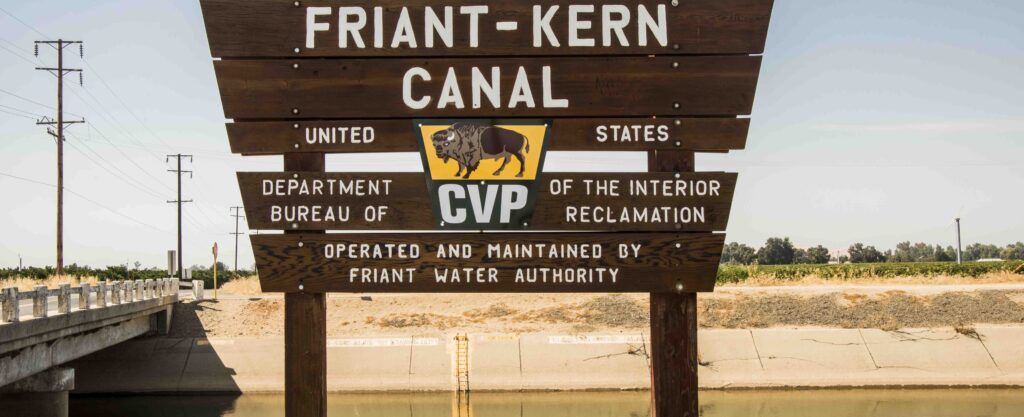
JERRY HIXSON The west side is now also going into trees. They’ve planted thousands of acres of almonds because almond prices are high. “If the price is good, people will plant.” You can’t blame them because almond profits have been very good the last 10 years.
NWNL So the west side need for water is mostly directed to getting more profits from almonds.
JERRY HIXSON Well, they don’t even have enough water for row crops, like vegetables and tomatoes that take a lot of water. You don’t just plant a tomato plant, irrigate it once and let it go. To produce a pound of tomatoes, you use lots of water.
NWNL This is a very complicated issue.
JERRY HIXSON It’s city people, unfortunately, who are trying to run agriculture. They don’t understand the usage of water. The San Joaquin Valley is a more productive area than most people think.
NWNL Let’s return to the Central Valley’s agricultural values.
JERRY HIXSON This is an unbelievably productive area, because of our weather. We have had snow, but only a few inches. The weather here is hot, and we have a long summer. We can raise vegetables all year around, most of the time.
NWNL But it seems the soil here is unusually conducive to agriculture….
JERRY HIXSON Well, there’s a great variety in our soil because there used to be more rivers in California. Some areas, like here, have sandy loam and some just a mile away have very heavy soil,. We also have sunshine, but no rain, snow or cold weather. So, it’s an ideal area to raise trees and vines.
NWNL You have done well describing the Valley’s east vs. west regions, its hydrology, and the different groups of interest who will have to get together regarding water availability and come to a point of “yes.” How many farmers on the west side have put in drip irrigation, like you have?
JERRY HIXSON Irrigation is in the west side’s vineyards, orchards almost everywhere. As you drive along, you’ll see black hoses in the vineyards and the orchards. I’d say that most people have converted over to drip system, primarily because it’s more efficient. When you have a standpipe only at one end of your orchard, that first tree gets water for all day long, but trees down the way only get water for a few hours. With a drip system, every tree starts to be irrigated immediately, so it is more efficient.
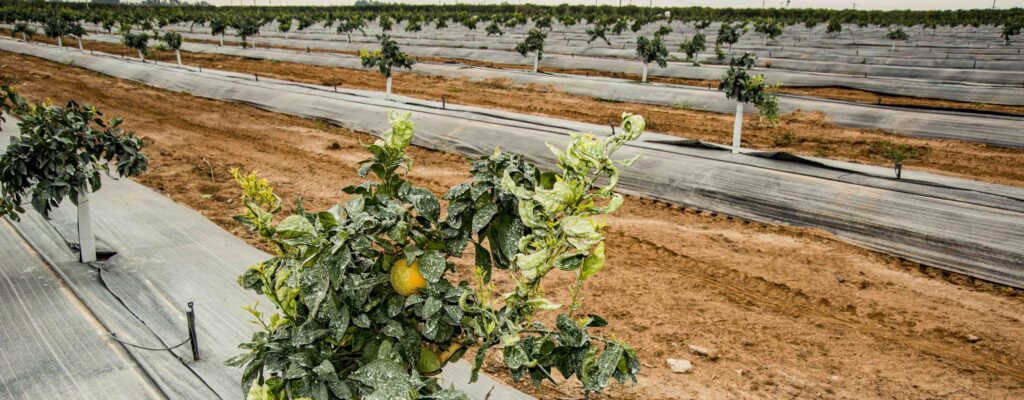
NWNL When did you convert to drip irrigation?
JERRY HIXSON We put in drip irrigation around 1958. We had an outfit come out to irrigate our lemon grove. The soil was very sandy, and so the furrow had become 5 feet wide, thus it needed a ton of water to reach to the end of the row.
NWNL Have other farmers here also come to understand the quality of drip?
JERRY HIXSON Hey, they understand water usage more than anybody else, because they’re the ones who want to grow a crop. Everybody’s doing it, because of the efficiency of its usage. Instead of furrow irrigation, it’s much easier to turn a valve and have all ten acres light up with water. We don’t need a tractor anymore because we don’t cultivate and make furrows. It is much cheaper to farm with non-tillage.
NWNL Jerry, how many acres do you have?
JERRY HIXSON My dad had 20 acres; and now we have and are farming 400 acres.
NWNL How did family end up coming here?
JERRY HIXSON Both my folks, my uncle and my aunt had gone to college and were schoolteachers. Farming sounds like a glorious thing, and so my dad and uncle who lived next door wanted to farm. Well, my uncle didn’t like having to drive a tractor, which you had to do then, so he quit and sold his land to a man from San Francisco. He farmed for only two years, and we then bought his place.
We also bought the place north of us; and then a place up the street which we own now. We paid $6,000 for 40 acres. Everybody thought we were crazy. Well, that 40 acres is now is worth $20,000 an acre.
NWNL You then chose to follow your father?
JERRY HIXSON I was in the service in 1950, and then finished college at UCLA. Farming doesn’t make as much money as teaching school or other jobs. But, nobody tells you what to do. You don’t have a boss and that independence is quite a thing. All my life, the only job I ever had was in the service. The independence of farming means I do my own thing; I can take a day off or afternoon off; and I can sit and talk to people from New York anytime without worrying about what’s going on.
NWNL I understand that independence, and appreciate your taking time to talk to us.
JERRY HIXSON The independence of farming, means I don’t have to ask anybody if I want to go to the coast. I can take the day off and go to the coast. Of course, I might be letting something go, but ….
We do our own harvesting, and then we do outside harvesting, every year. It is a different lifestyle than that of the person with a 5-day-a-week job. We go to the coast on a Friday night and come back on a Sunday; or we go on Monday and come back on Wednesday in order to stay away from the crowds.
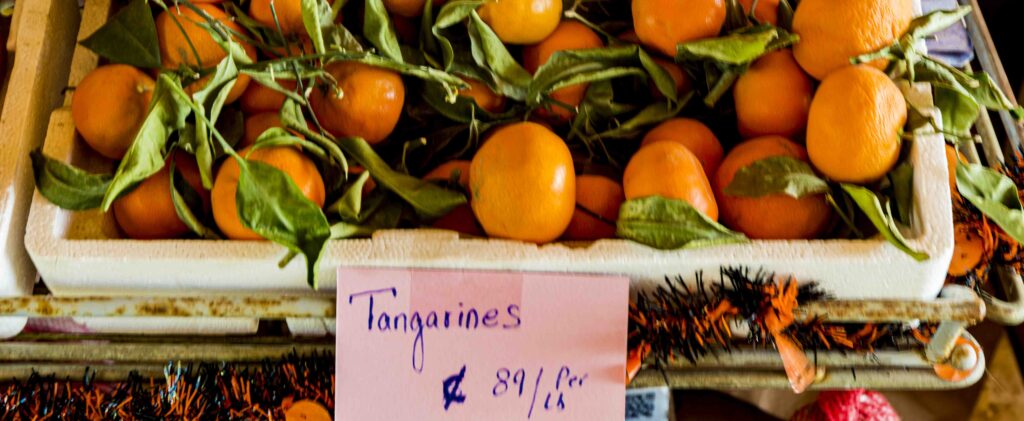
NWNL What do you see for the future of farming? Where is farming going?
JERRY HIXSON Well, somebody must grow the food and the San Joaquin Valley is the ideal place for producing food due to its weather conditions, without snow. It does get hot, but that makes things grow. The worst problem is that California’s being subdivided by people coming from back east to get away from snow and retiring. They have this mystique of fabulous farming and buy a place. Then, 2 or 3years later, they sell it.
But we work hard – 7 days a week. It’s like having a dairy. No matter what you do, you milk the cows twice a day – or quit. But you’re independent in farming. You can plant in the yard if you want to. Our yard’s gotten much too big, but it’s beautiful.
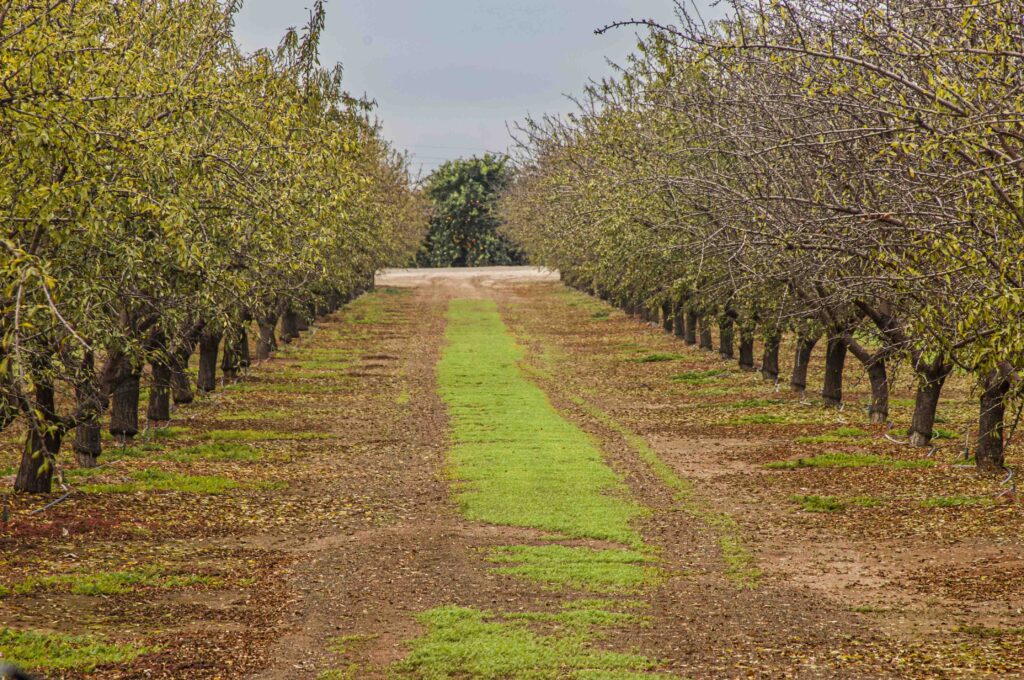
NWNL You referred to the fact that your farm doesn’t take anything from the “Reedley pool.” Could you explain the Reedley pool?
JERRY HIXSON The water in this valley flows down to a “pool” in the center of this valley. We then pump out of that “pool.”
NWNL Ah, the pool is a natural collection of water.
JERRY HIXSON Yes. But although that “pool” is where the water naturally collects, that resource is disappearing too, because we’re using so much more water.
They must realize that we need to bring more of the Delta’s water down here. Water continues to run from the Delta down the west side to Southern California and LA. The west side gets water only because the city people can pay for it.
NWNL One more question: how would you build out your proposal for new infrastructure to bring water from the Delta down to the east side? What infrastructure would be needed to bring that Delta water over to this side of the valley?
JERRY HIXSON I don’t know how they can transfer it down here, but I do know it’s water that can be used and is badly needed, especially as the outlook for an increased population will make our crisis worse. Now, if people would stop coming to California, we’d be all right.
NWNL Is it likely that infrastructure will be built to carry water from the Delta south help the east side?
JERRY HIXSON I don’t know how, but somehow that water can be distributed, unless the Delta runs out of water. Even the Shasta Dam is running out of water because we haven’t had as much rain. We’ve only had 1.5” this year.
NWNL Are discussions being had about new infrastructure, aqueducts and canals that could bring the Delta water over to this east side?
JERRY HIXSON I don’t know, I just know it’s a shame to let millions of acre-feet of water to flow to the ocean. It’s why we’re not irrigating as many acres as we could – and that increases the price of food. We don’t have many vegetable farms on the east side. Most all our places are planted to trees and vines.
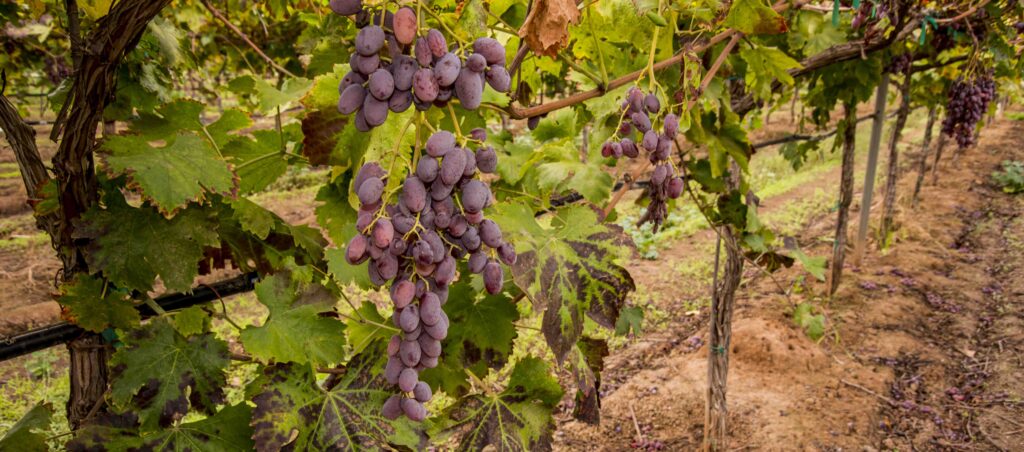
JERRY HIXSON At the moment, the drought hasn’t affected our farm. We can’t pump as much water as we need, but we’re getting by. We don’t dare shut the water off of our trees, because they’ll die – really hard after we’ve taken 5 years to get them up to production. We’re getting by, but, some of the cities here on the east side, like Porterville, are running out of water. You can read about Orange Cove and other places along the east side that are struggling.
But now, let me go show you my almond trees.
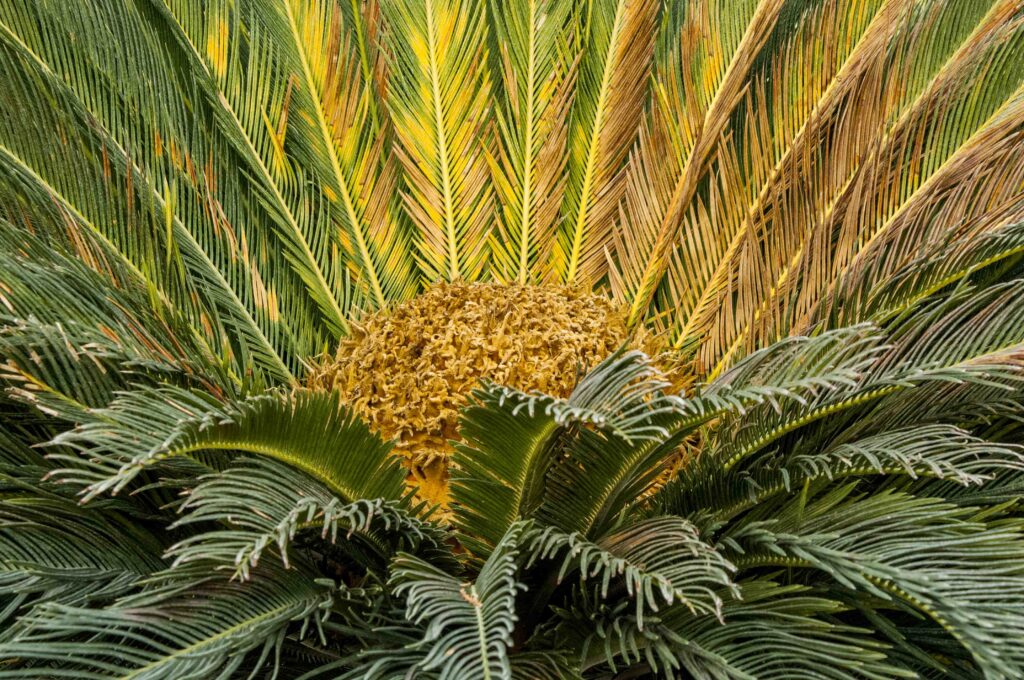
Editor’s Note. In 2016 Jerry Hixson, Reedley’s prominent rancher farmer died in his hometown of Reedley. Many neighbors and many photographers who studied with him will long remember his passionate dedication to farming and photography.
Posted by NWNL on March 28, 2024.
Transcription edited and condensed for clarity by Alison M. Jones.
All images © Alison M. Jones, unless otherwise noted. All rights reserved.
